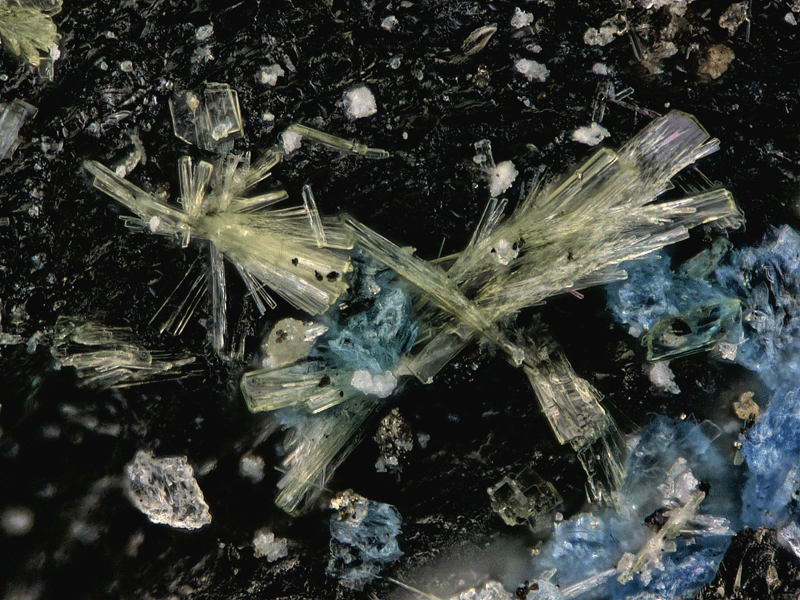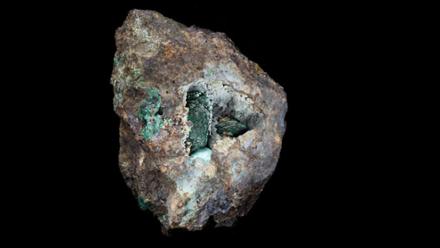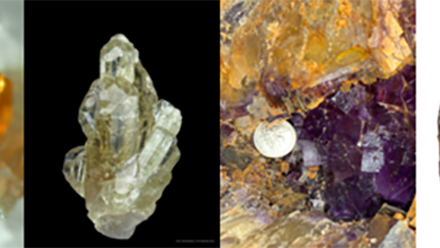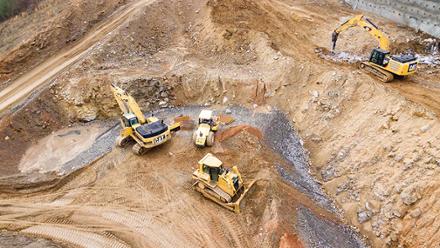Uranium-containing mineral verified
The International Mineralogical Association (IMA) has verified the discovery of a mineral collected at Utah’s North Mesa mines near Temple Mountain, named Oldsite.

This mineral forms from the interaction of air and water with uranium and iron-sulfide ores in the humid underground environment, leading to crystalline deposits on the surfaces of mine walls. Oldsite occurs as tiny yellow, rectangular blades measuring up to 0.3mm in length. The crystals are thin and brittle and dissolve in water.
The holotype specimen of Oldsite, or original specimen to be named, is held in the collections of the Natural History Museum of Los Angeles County. Its chemical formula is K2Fe2+[(UO2)(SO4)2]2(H2O)8.
The mineral was named after Dr. Travis Olds, the museum’s Assistant Curator of Minerals, and his contribution to the uranium mineralogy.
‘I’m honoured to be the namesake of such a fascinating mineral,’ says Olds. ‘My research focuses on descriptive minerology, particularly minerals containing uranium, which has been my passion since I knew I wanted to become a mineralogist.
‘Oldsite is unique because it helps us fill in some puzzle pieces about how uranium behaves in the environment. The way its atoms connect to each other in the crystal structure tells us about the conditions that led to its formation. This information can be useful to help keep uranium out of drinking water, or to clean up nuclear waste.’




